End grain wood compared to other types
When looking for a wooden chopping board, there are three types of wood you will come across: end grain, edge grain and face grain. In this article, we take you through the differences between these types and why end grain wood is so good for chopping boards.
End grain wood is wood cut along the growth direction of the tree. This is unique for this type of wood. The fibres are laid together in a checkerboard pattern for end grain wood. The growth rings are clearly visible here. As the wood fibres are vertical, they are very resistant to impact, are the most durable chopping boards and leave no knife marks.
Edge grain are edges of wood glued together to form a chopping board. They show the tree's natural grain patterns. Generally, they are lighter than end grain wooden chopping boards.
Face grain wood is a piece of wood where one side is wider than the other. With this technique, you can see most of the veins of the tree along with the colours and patterns. It looks like the face of the tree. And that's also where the name comes from. This part of the wood is softer and will also absorb moisture faster than end grain or edge grain chopping boards. The veins of face grain wood run horizontally and are therefore prone to knife marks.
Distinguishing features of end grain wood
Due to its wood fibre structure, an end grain chopping board has a kind of self-healing property. When the knife makes contact with the surface of the board, it cuts between the fibres. The fibres close again when the knife is lifted.
End grain wood does not need to be re-sanded as often as other types of wood. They have a scratch-free surface for longer. By regularly oiling this wood, which makes it repel water, you prevent it from absorbing moisture.
The end surface of the wood is firmer and more durable. The hardness of the end surface is almost one and a half times that of the side surface. For example, end grain hardness is 622 kgf/cm2; edge grain hardness is 521 kgf/cm2 and face grain hardness is 463 kgf/cm2.
Best applications
An end grain chopping board can be used well for everyday tasks. When properly maintained, wood is one of the best surfaces to work on.
The wood is stable during chopping because the boards tend to be heavier. They are therefore ideal for jobs that require some strength. Such as slicing open meat or cutting through large bones. The wood is best used for ingredients that are not too juicy. Thus, end grain chopping boards are mainly used for cutting broccoli, cabbage, spinach or raw meat, for example.
Benefits of end grain wood
- The vertical wood fibres are better for your knives, keeping them sharp for longer.
- The wood fibres close up again after chopping, reducing surface scratches.
- They are suitable for any task that requires a lot of force, such as splitting bones with a cleaver.
Disadvantages of end grain wood
- Chopping boards made of end grain wood need to be oiled more often as they absorb moisture faster.
- As more pieces of wood have to be joined together to form one chopping board, which is a time-consuming process, they are generally a bit more expensive.
- The large number of pieces of wood stacked on top of each other makes it difficult to spot warping.







